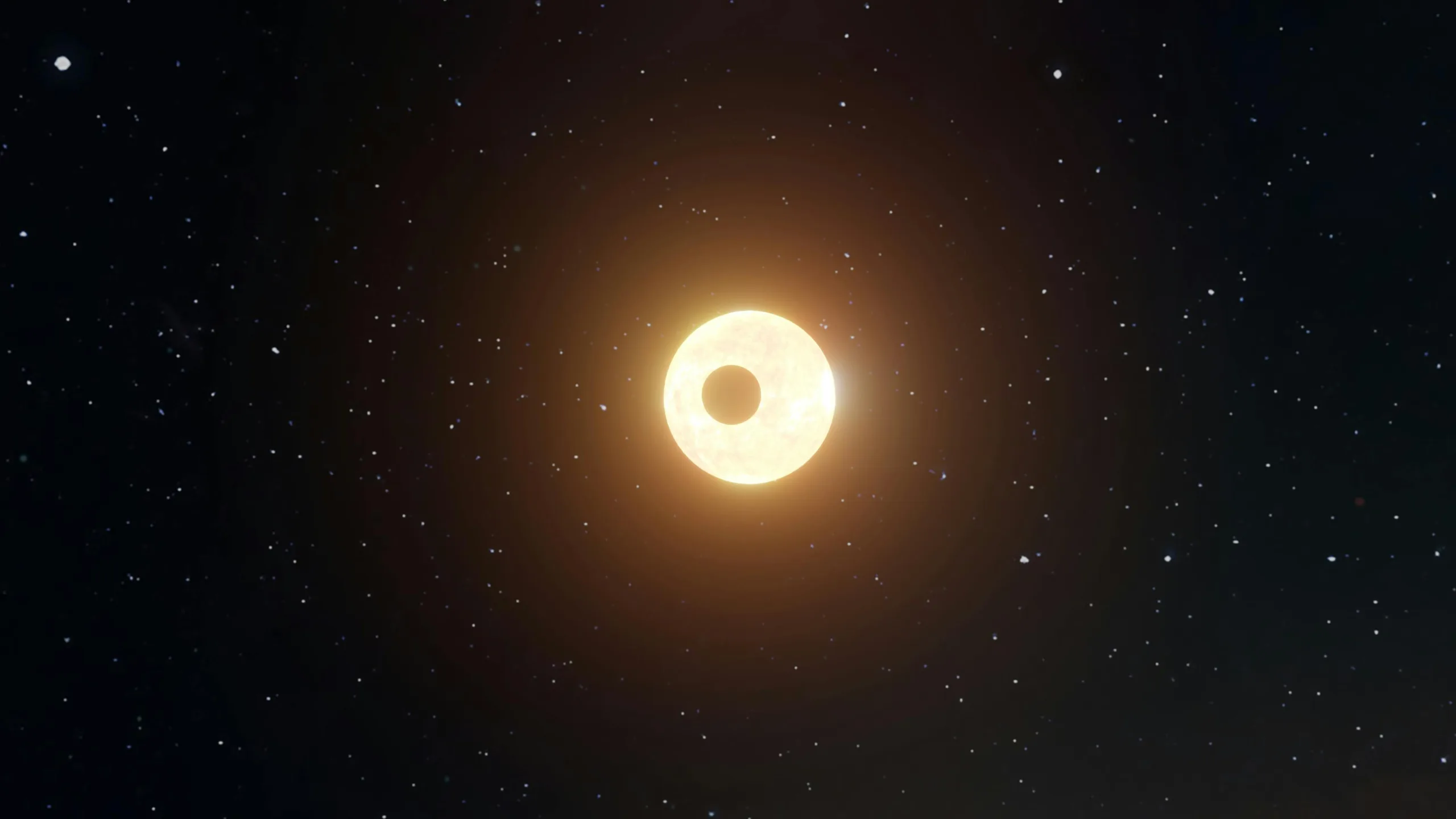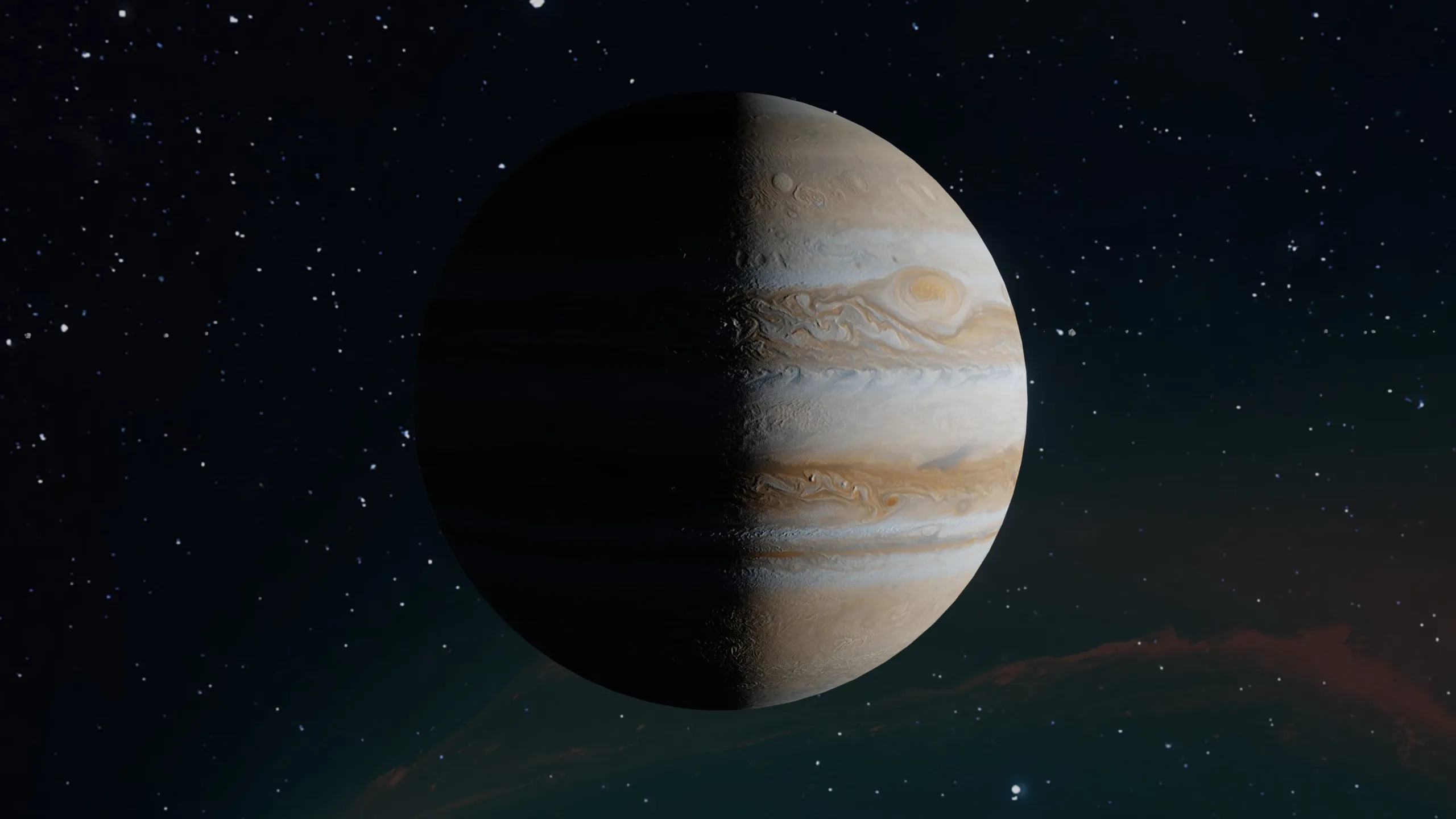Exploring the Universe with Advanced Telescopes delves into the remarkable capabilities of cutting-edge telescopes that have revolutionized our understanding of the cosmos. By harnessing the power of advanced technology, these telescopes provide researchers with unprecedented clarity and precision, allowing them to unravel the mysteries of distant galaxies, trace the birth and evolution of stars, and reveal the secrets of our own solar system. This article explores the transformative impact of these state-of-the-art telescopes and showcases the thrilling discoveries they have facilitated in our ongoing quest to comprehend the vastness of the universe.
Table of Contents
Overview of Advanced Telescopes
Advanced telescopes play a crucial role in exploring the universe and expanding our understanding of the cosmos. These cutting-edge instruments utilize state-of-the-art technology to capture images and data from sources light-years away. This article will provide an overview of various types of telescopes, advancements in telescope technology, their importance in scientific research, and future developments in the field.
Types of telescopes
Telescopes come in different forms, each designed to detect specific types of electromagnetic radiation. The most common types are ground-based and space-based telescopes.

Ground-Based Telescopes
Ground-based telescopes are often located in remote areas with minimal light pollution, providing an optimal environment for observing the night sky. They can be further classified into optical telescopes and radio telescopes.
Optical telescopes
Optical telescopes collect visible light and focus it to form images of celestial objects. These telescopes utilize lenses or mirrors to gather and magnify light. With advancements in technology, optical telescopes now come in various designs, including refracting telescopes that use lenses and reflecting telescopes that employ mirrors.
Radio telescopes
Radio telescopes are specifically designed to detect and analyze radio waves emitted by celestial bodies. Unlike optical telescopes, which focus on detecting visible light, radio telescopes rely on large antennas to collect radio waves from the cosmos. These antennas capture radio signals, which are then amplified and processed, allowing astronomers to study objects such as pulsars, quasars, and galaxies that emit radio waves.
Space-Based Telescopes
Space-based telescopes, as the name suggests, are located outside Earth’s atmosphere. This critical vantage point eliminates interference from atmospheric disturbances and allows for clearer and more detailed observations.
Hubble Space Telescope
The Hubble Space Telescope (HST) is one of the most well-known and iconic space-based telescopes. Launched in 1990, the HST has revolutionized our understanding of the universe by capturing stunning images and collecting invaluable data. Equipped with a large, high-resolution mirror and advanced instruments, the HST has provided groundbreaking insights into various astronomical phenomena, including distant galaxies, nebulae, and supernovae.
James Webb Space Telescope
The James Webb Space Telescope (JWST) is set to be the successor to the Hubble Space Telescope, with its launch scheduled for 2021. This highly anticipated telescope will possess advanced technologies, such as a larger mirror and improved imaging capabilities, allowing it to observe even fainter objects in the universe. The JWST will focus on studying the formation of galaxies, the origins of stars and planetary systems, and the composition of exoplanet atmospheres.

Advanced Telescope Technologies
To enhance the capabilities of telescopes, several advanced technologies have been developed.
Adaptive optics
Adaptive optics is a technology that compensates for the atmospheric distortions that affect ground-based telescopes’ image quality. By using deformable mirrors and real-time feedback systems, adaptive optics corrects for turbulence, resulting in sharper and clearer images. This technology allows telescopes to observe fine details and capture high-resolution images of celestial objects.
Interferometry
Interferometry is a technique that combines the signals from multiple telescopes to create a virtual telescope with a much larger aperture. By synchronizing the signals and precisely measuring the interference patterns, interferometry enables telescopes to achieve higher resolutions and capture finer details. This technique has been used to study distant stars, galaxies, and even black holes.
Multi-object spectroscopy
Multi-object spectroscopy allows telescopes to observe multiple objects simultaneously while analyzing their spectra. By employing advanced technology, telescopes can disperse light into its constituent wavelengths and study the electromagnetic signatures emitted by celestial objects. This technique enables astronomers to investigate properties such as chemical composition, temperature, and velocity, providing valuable insights into the nature and evolution of objects in the universe.
Exploring the Universe in Different Wavelengths
To gain a comprehensive understanding of the cosmos, telescopes are designed to detect various wavelengths of electromagnetic radiation.
X-ray Telescopes
X-ray telescopes are specifically built to observe high-energy phenomena such as black holes, supernovae, and active galactic nuclei. These telescopes use grazing incidence mirrors to reflect and focus X-rays, which would otherwise be absorbed by conventional mirrors. By studying X-ray emissions, astronomers can investigate extreme cosmic events and phenomena that emit X-rays.
Infrared Telescopes
Infrared telescopes are designed to detect and study infrared radiation emitted by celestial objects. Infrared radiation, which has longer wavelengths than visible light, provides valuable information about cold objects such as planets, dust clouds, and star-forming regions. These telescopes use specialized detectors cooled to extremely low temperatures to minimize interference from their own thermal radiation.
Ultraviolet Telescopes
Ultraviolet telescopes observe the universe using shorter wavelengths than visible light. Ultraviolet radiation is particularly useful for studying hot, young stars, active galactic nuclei, and the interstellar medium. These telescopes employ specialized mirrors and detectors that can efficiently capture and analyze ultraviolet light. By studying ultraviolet emissions, astronomers can gain insights into various astrophysical processes and phenomena.

Studying Exoplanets and the Search for Extraterrestrial Life
Advanced telescopes have played a crucial role in the study of exoplanets, planets orbiting stars outside our solar system. Several methods are employed to detect and analyze these distant worlds.
Transit Method
The transit method involves detecting the slight decrease in a star’s brightness when an exoplanet passes in front of it. By carefully observing these periodic dips in brightness, astronomers can gather information about the exoplanet’s size, orbital period, and even its atmosphere.
Direct Imaging
Direct imaging refers to the process of capturing actual images of exoplanets. This technique is challenging since exoplanets are relatively small and their proximity to their host stars makes them difficult to observe directly. Advanced adaptive optics and coronagraphic systems are used to block out the intense light from the star, allowing telescopes to image the exoplanet.
Exoplanet Atmosphere Analysis
Through spectroscopic analysis, astronomers can study the composition and characteristics of exoplanet atmospheres. By analyzing the absorption and emission lines in the spectrum of a star during a planetary transit, researchers can identify the chemical elements present and infer the conditions within the atmosphere. This analysis provides valuable insights into the potential habitability and existence of extraterrestrial life.
Black Holes and Gravitational Waves
Modern telescopes have significantly contributed to the study of black holes and the detection of gravitational waves.
Event Horizon Telescope
The Event Horizon Telescope (EHT) is a network of ground-based radio telescopes used to capture the first-ever direct image of a black hole’s event horizon. By combining data from multiple telescopes through interferometry, the EHT created an Earth-sized virtual telescope capable of observing supermassive black holes. This groundbreaking achievement has provided valuable insights into the nature and behavior of these enigmatic cosmic objects.
LIGO and Virgo Detectors
The Laser Interferometer Gravitational-Wave Observatory (LIGO) and Virgo detectors are ground-based observatories designed to detect gravitational waves. These detectors consist of highly sensitive interferometric instruments capable of measuring minute disturbances in spacetime caused by gravitational waves. The detection of gravitational waves has opened up a new field of astronomy, providing a unique way to observe and study cataclysmic events such as the merging of black holes and neutron stars.

Cosmic Microwave Background Radiation
The Cosmic Microwave Background (CMB) radiation is the relic radiation left over from the early stages of the universe. Advanced telescopes have allowed scientists to study this faint radiation and gain insights into the origins and evolution of the universe.
WMAP and Planck Missions
The Wilkinson Microwave Anisotropy Probe (WMAP) and Planck missions were space-based telescopes specifically designed to study the CMB radiation. These missions provided precise measurements of the CMB’s temperature and polarization at various scales, enabling scientists to create detailed maps of the early universe. These maps have allowed researchers to study fundamental cosmological parameters, such as the age, composition, and geometry of the universe.
Studying the Origins of the Universe
By analyzing the fluctuations and patterns in the CMB radiation, astronomers have gained crucial knowledge about the universe’s early stages and its subsequent evolution. These observations have provided support for the Big Bang theory and have shed light on the formation of large-scale structures, such as galaxies and galaxy clusters. Continued studies of the CMB radiation promise to unveil further insights into the underlying physics and origins of our vast universe.
Future of Telescope Technology
The future of telescope technology holds immense promise for further exploration and discovery.
Next-Generation Space Telescopes
Several next-generation space telescopes are in development, aiming to surpass the capabilities of their predecessors. One such example is the Wide Field Infrared Survey Telescope (WFIRST), which will conduct a wide-ranging survey of the sky with its powerful imaging and spectroscopic capabilities. Additionally, the European Space Agency’s Athena mission seeks to launch an X-ray telescope that will delve deeper into the mysteries of the high-energy universe.
Giant Magellan Telescope
On the ground-based front, the Giant Magellan Telescope (GMT) is currently under construction in Chile’s Atacama Desert. The GMT will consist of seven segmented mirrors, providing a total collecting area equivalent to that of a 24.5-meter single mirror. With its exceptional light-gathering capabilities, the GMT will enable astronomers to peer deeper into the universe and unlock unprecedented insights into its most distant corners.

Conclusion
Advanced telescopes have revolutionized our understanding of the universe. From ground-based optical and radio telescopes to space-based observatories, these instruments enable us to explore the cosmos in different wavelengths and study fascinating phenomena such as exoplanets, black holes, and the cosmic microwave background radiation. As advancements in telescope technology continue, the future promises even more exciting discoveries and a deeper understanding of our place in the vast expanse of the universe.
Related site – Exploring the Universe with the Hubble and James Webb …
Exploring Saturn’s Rings: Unveiling the Secrets with Telescopes
